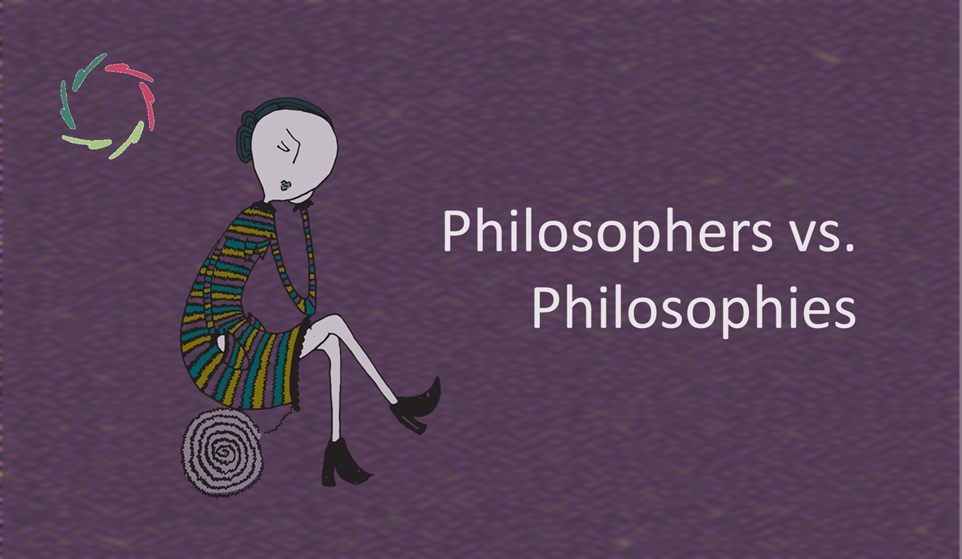Order out of Chaos?

Something can appear chaotic while containing an inherent order. In this case, the ‘chaos’ is possibly very important.
People have a natural aversion to chaos.
This may even be seen as a general characteristic of life: in defiance of a universal ‘fall towards entropy/chaos’, life stitches together a living space of order.
Life, in this sense, is a continuous battle against chaos.
In the same vein, people readily push away ‘chaos’ and put ‘order’ instead (note the brackets). This is an OK reaction in many cases. In many others, not.
Essentially, an aversion to chaos frequently comes forth from not looking very well at the involved ‘chaos’. Maybe there’s more in it than just chaos. Maybe it needs to be looked at more profoundly.
Say: something has a high degree of subtlety
but this subtlety – as always – doesn’t show itself easily to someone looking from afar. To this person, looking only from afar, the subtlety disappears.
Now take a lot of subtlety, then a lot disappears. What remains, is ‘chaos’. So it seems.
The reality is quite the reverse.
This can be solved by taking a much closer look. Herein lies the problem: people generally don’t. Why? A closer look takes effort. It doesn’t readily heighten status. It’s not remunerated. In many cases, quite the contrary.
Taking a closer look may even be very stressful. It may bring one closer to the insight that one’s self-control is to a large degree illusory. Thus: that there’s more ‘chaos’ inside oneself than one would wish.
‘Chaos’… or subtlety?
Anyway, to get rid of this, people readily categorize
which is, again, not always a good thing.
Categorizing = making distinctions. The proper aim is then to make proper distinctions. While this is always imperfect – never ideal – what’s valuable lies in the quality of the endeavor.
If the aim of making distinctions is just to get rid of chaos, what is created is mainly a lot of tension and adversity.
A lot of irrationality disguised as rationality.
Why is this important?
Not making proper distinctions leads to an order that quickly turns into new chaos. Present-day Western society shows many examples. This is not to say that we’re not making progress., but there still is a lot of unnecessary suffering around, to say the least.
One huge example: pain
A lot of concrete pain syndromes are being distinguished. However, for already quite some time, we scientifically know that most of these should be investigated and clinically managed as one entity with diverse symptomatic appearances. This is not at all some weird utterance by some fringe author. It stands at the core of medical knowledge. [see: ‘Chronic Functional Pain: All for One?’]
This is no joke.
The main reason why this is not being implemented in mainstream medicine (your everyday pain expert) is the not being compatible with the direction of the steam locomotive that still keeps rolling through the age-old landscape.
This is the era of ‘cowboys and injuns’ and Cartesian thinking.
We’re way past it and still completely within. Therefore, pardon me an extensive quote (*) at the bottom of this blog, from the very top researchers on functional pain.
In complete contradiction to this, patients – while many physicians eagerly comply – are so very glad when they receive ‘the concrete diagnosis’. This is mainly because it relieves them from the threat of not-knowing and inner ‘chaos’ brought by chronic pain with no means towards any conceptual sense-making. This threat-relief may bring comfort… while crushing their best chances to really durably recover and even personally grow.
Main conclusion: always validate ‘chaos’.
It may just contain the one and only antidote against real chaos.
Never ever put order against ‘chaos’.
—–
(*) “In our current medical system, when a patient complains of physical pain or discomfort, and no physiological or ‘organic’ cause for that pain can be identified, despite extensive diagnostic testing, the patient receives the diagnosis of a ‘functional pain syndrome’. As soon as the symptoms are attributable to dysfunction of a particular organ system (the urinary tract, digestive system, or joints), a new, symptom-based classification is assigned to a limited number of symptoms, and a particular syndrome is diagnosed. … There now is a wealth of evidence that although such disorders may not express significant pathologies in the organs that are responsible for the primary symptoms, they are associated with substantial neurobiological, physiological and sometimes anatomical changes in the CNS. Alterations in the periphery (upregulation of receptors, increased numbers of immune cells) can be explained as peripheral manifestations of chronically altered output from the CNS in the form of autonomic and neuroendocrine activity, and bidirectional brain-body loops. … Accumulating evidence shows that these disorders have substantial comorbidity with each other and with other stress-related disorders such as chronic fatigue, PTSD, disorders of mood, and combat-related somatic syndromes. The link between pain and depression, for example, is almost impossible to sort out in terms of cause and effect. … A growing number of (inter)national meetings now feature symposia on the emerging unifying disease concept. A unified picture emerges of pain syndromes that, separately, have been marginalized and trivialized by the medical community. … The term ‘FPS’ has taken on a pejorative meaning, in that many health care professionals and laypersons believe it means that the pain is not real and the disorder is not serious. … It is now clear that there is a high comorbidity between these individual syndromes, that there are similar premorbid vulnerability factors (such as gene polymorphisms, female sex, and early life trauma) and similar trigger factors (including psychological and physical stressors), that there are similar abnormalities in CNS anatomy and function changes in cognitive function.” [E.A. Mayer, M.C.Bushnell: Functional Pain Syndromes, IASP 2009]


